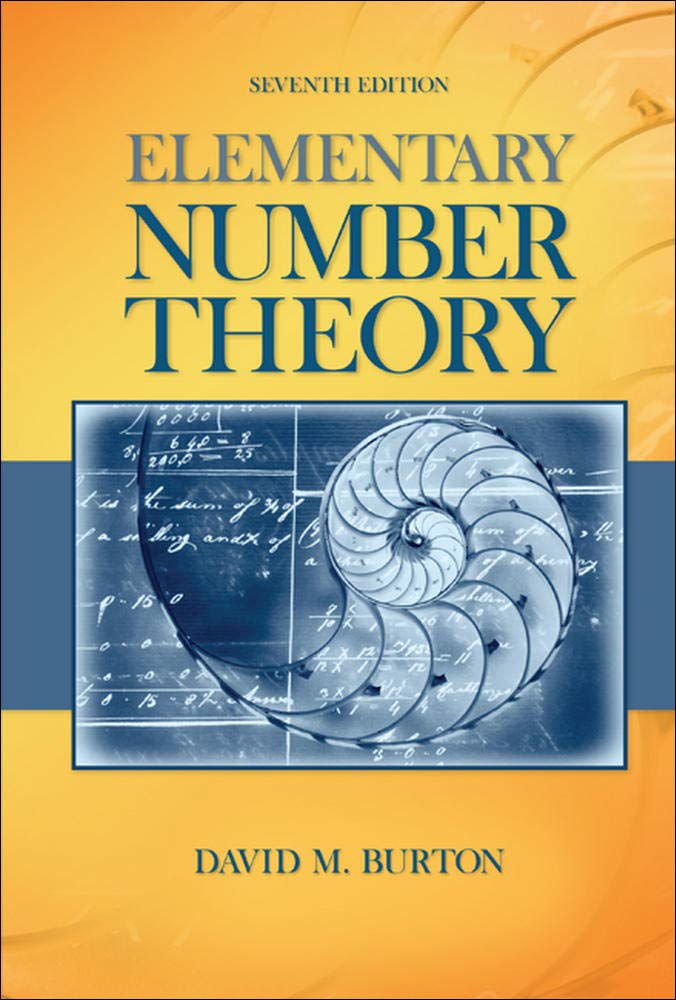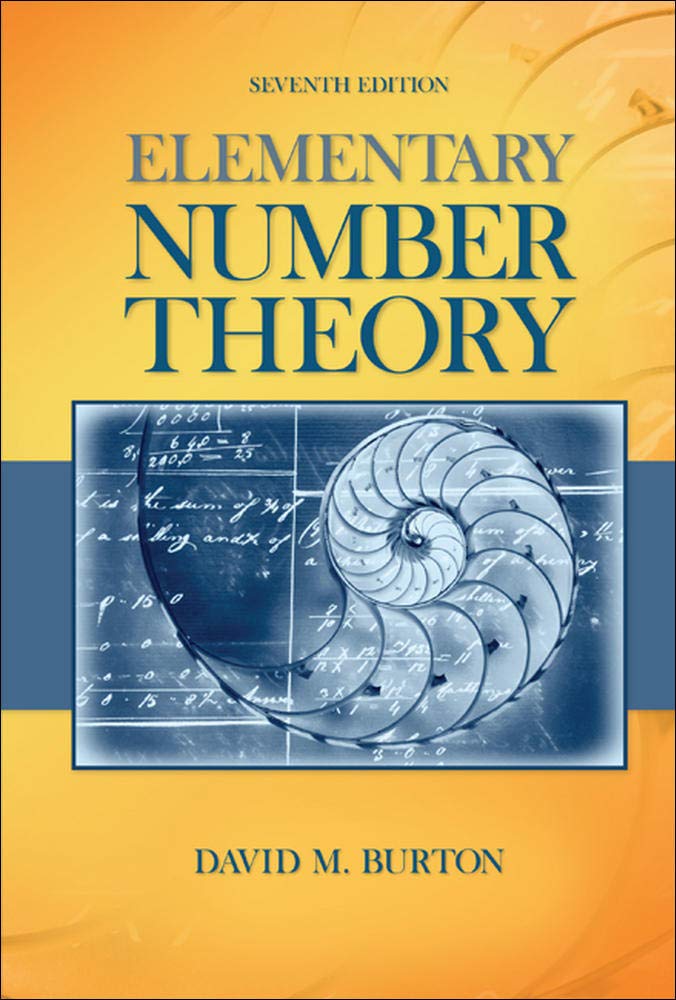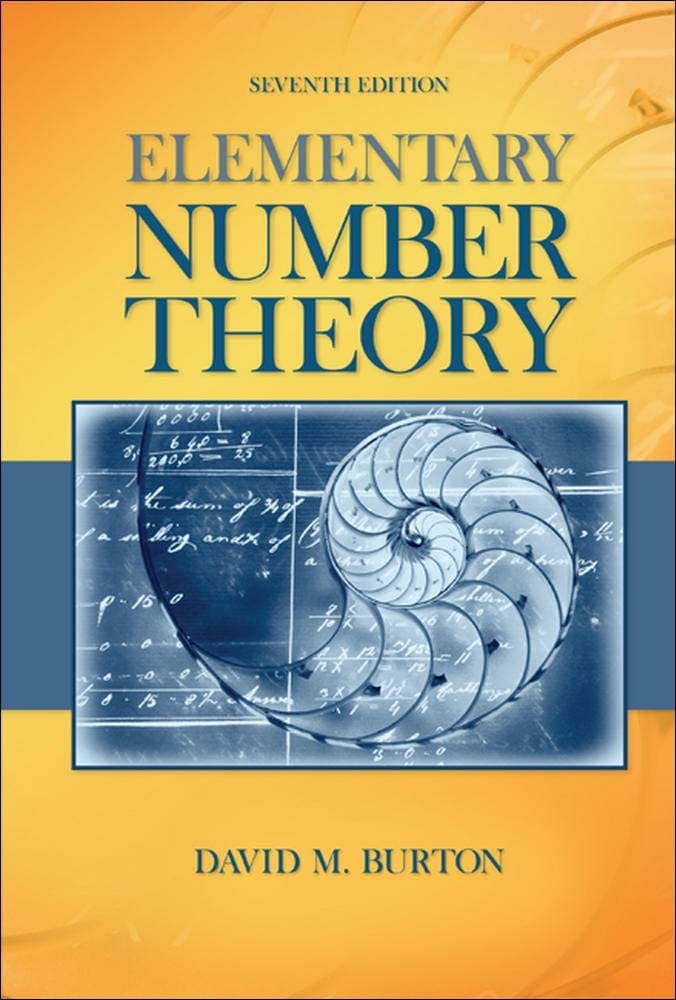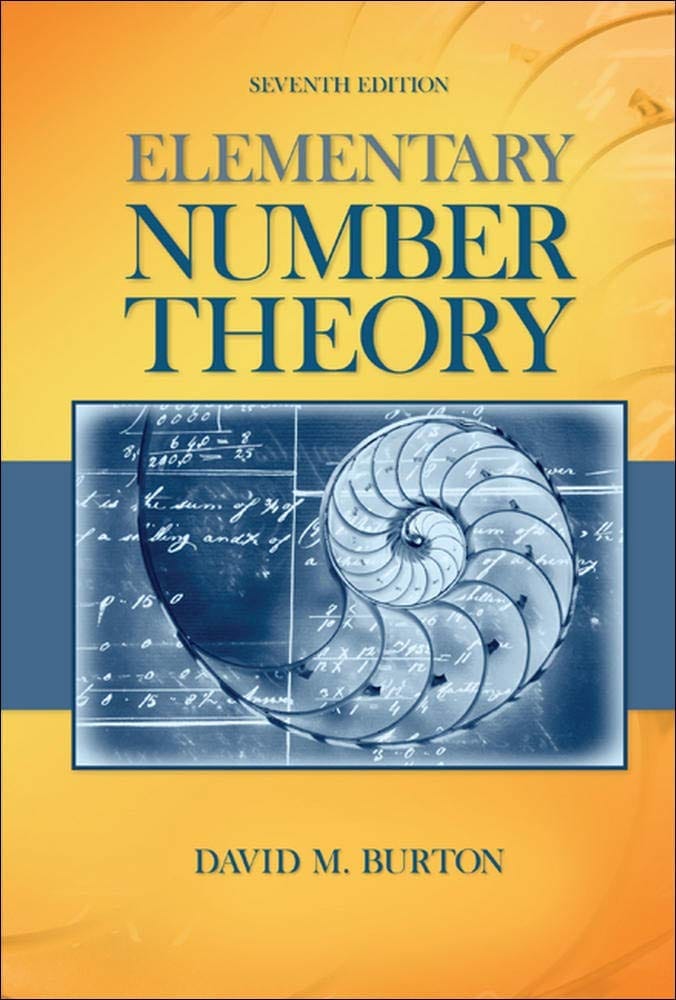
Elementary Number Theory Problems 3.2 Solution (David M. Burton's 7th Edition) - Q6
My Solution for "Fill in any missing details in this sketch of a proof of the infinitude of primes: Assume that there are only finitely many primes, say $p_{1}, p_{2}, ..., p_{n}$. Let $A$ be the product of any $r$ of these primes and put $B = \frac{p_{1}p_{2}...p_{n}}{A}$. Then each $p_{k}$ ..."
Table of Contents
Background
All theorems, corollaries, and definitions listed in the book's order:

I will only use theorems or facts that are proved before this question. So you will not see that I quote theorems or facts from the later chapters.
Question
Fill in any missing details in this sketch of a proof of the infinitude of primes: Assume that there are only finitely many primes, say $p_{1}, p_{2}, ..., p_{n}$. Let $A$ be the product of any $r$ of these primes and put $B = \frac{p_{1}p_{2}...p_{n}}{A}$. Then each $p_{k}$ divides either $A$ or $B$, but not both. Because $A + B \gt 1$, $A + B$ has a prime divisor different from any of the $p_{k}$, which is a contradiction.
Solution
(I think "$r$" here means range, so $A$ is the product of one part of primes, and $B$ is the product of the other part.)
Because $A + B \gt 1$, Theorem 3.2 tells us that there exists a prime $p$ such that $p \mid A + B$. But $p_{1}, p_{2}, ..., p_{n}$ are the only prime numbers. Then $p$ belongs to one of them, but we know $p_{k}$ divides either $A$ or $B$.
If $p \mid A$, then $p \mid A + B - A = B$. If $p \mid B$, then $p \mid A + B - B = A$. This means $A + B$ has a prime divisor different from any of the $p_{k}$, which is a contradiction.
Read More: All My Solutions for This Book
Related Pages
Ranblog Newsletter
Join the newsletter to receive the latest updates in your inbox.


